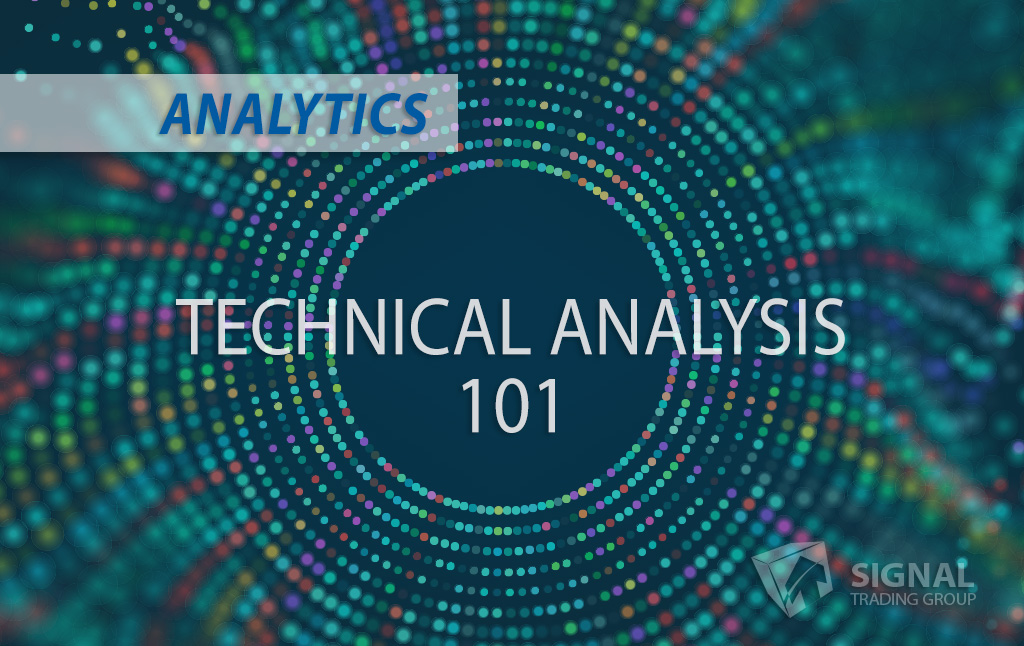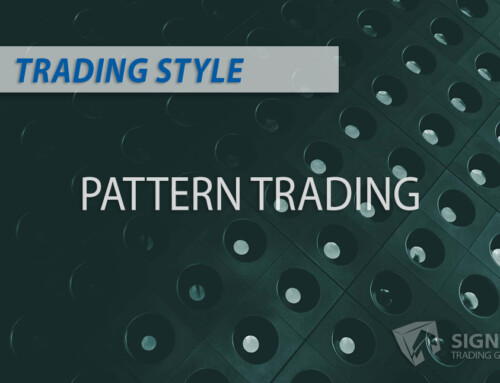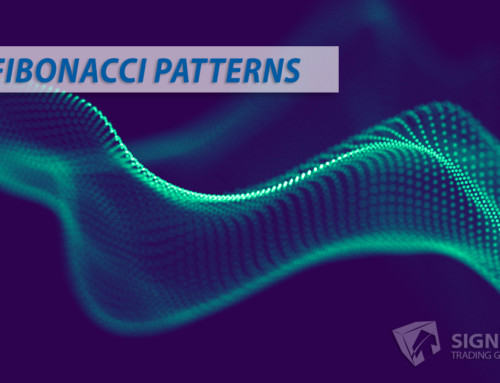Last Saturday, I wrote a review of the book Trading with Ichimoku Clouds by Manesh Patel. Following this, one of our clients asked about the origins of the Ichimoku Cloud indicator. As a result, I have decided to create a blog post that delves deeper into the creator of this unique indicator.
The Man Behind the Lines: Goichi Hosoda and the Ichimoku Kinko Hyo Indicator
Welcome, traders and trading enthusiasts! Today’s blog is dedicated to the man who created a popular technical analysis indicator that transformed how many traders strategize: Goichi Hosoda. First, we’ll dive into his life story and explore the birth of the Ichimoku Kinko Hyo indicator. Then, we’ll examine its components, uses, and what sets it apart from other technical indicators.
The Life & Journey of Goichi Hosoda
Born in 1898, Goichi Hosoda was a Japanese journalist specializing in financial markets. His career spanned around 30 years, during which, just like any professional trader, he was on the quest for the ultimate technical analysis tool that would enhance his trading strategy. His fascination with the financial world led him to the development of the Ichimoku Kinko Hyo.
It was not an overnight success, though. Hosoda spent several years perfecting this unique indicator, with approximately 20 years dedicated solely to refining the formula. Finally, in 1968, he published the book, Ichi Moku Kin Hyo (Equilibrium at a Glance), revealing the miraculous indicator to the world.
The Birth of the Ichimoku Kinko Hyo Indicator
The Ichimoku Kinko Hyo is a technical analysis indicator that enables traders to define support and resistance levels, gauge market momentum, and predict the future direction of price action. Hosoda’s desire to create an indicator that worked under any market conditions was one significant factor that led to the development of Ichimoku Kinko Hyo
It’s unique in many ways, especially compared to other technical indicators, mainly because it considers time an additional dimension. Hosoda’s indicator does not rely merely on price data; it incorporates time to provide a big-picture understanding of the market.
The Components & Uses of the Ichimoku Indicator
The Ichimoku Kinko Hyo consists of five main components or lines:
- Tenkan-sen (Conversion Line): The average of the highest high and lowest low within the past nine periods.
- Kijun-sen (Base Line): The average of the highest high and lowest low within the past 26 periods.
- Senkou Span A (Leading Span A): The average of the Tenkan-sen and Kijun-sen, plotted 26 periods ahead.
- Senkou Span B (Leading Span B): The average of the highest high and lowest low within the past 52 periods, plotted 26 periods ahead.
- Chikou Span (Lagging Span): The closing price of the past 26 periods, plotted 26 periods back.
These components allow traders to identify the following:
- Trends: The direction in which the market is moving.
- Support & Resistance Levels: The price levels where buying or selling interest is strong enough to prevent the price from continuing in its direction.
- Market Momentum: How strongly the market is moving in a particular direction.
The Ichimoku Kinko Hyo also enables traders to forecast future price movements, as the Senkou Span A and B lines indicate potential support and resistance levels ahead of time.
Conclusion
Goichi Hosoda’s Ichimoku Kinko Hyo is a technical analysis indicator that has become increasingly popular amongst traders. The Ichimoku Kinko Hyo uses time as an additional dimension to define support and resistance levels, gauge market momentum and predict future price movements. Its unique components allow traders to identify trends, potential turning points, and how strongly the market moves in a particular direction. While not a one-size-fits-all solution, many traders around the world have employed this indicator to great success.




